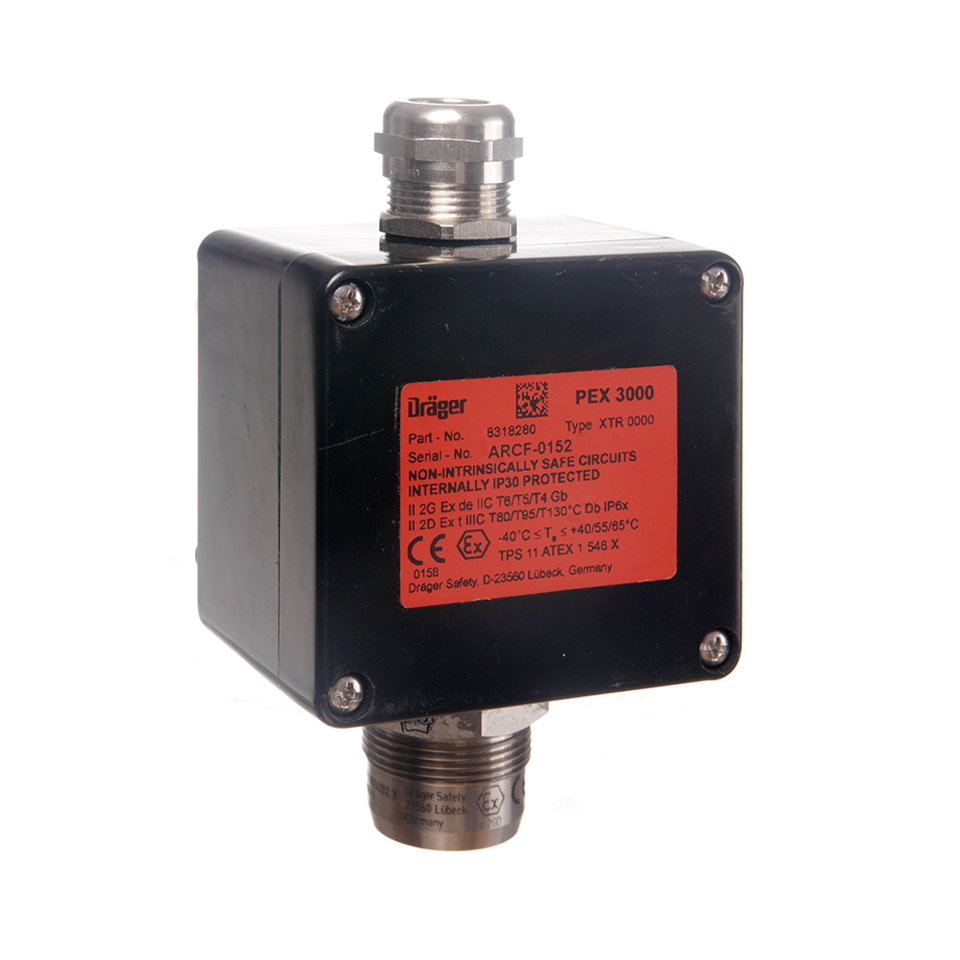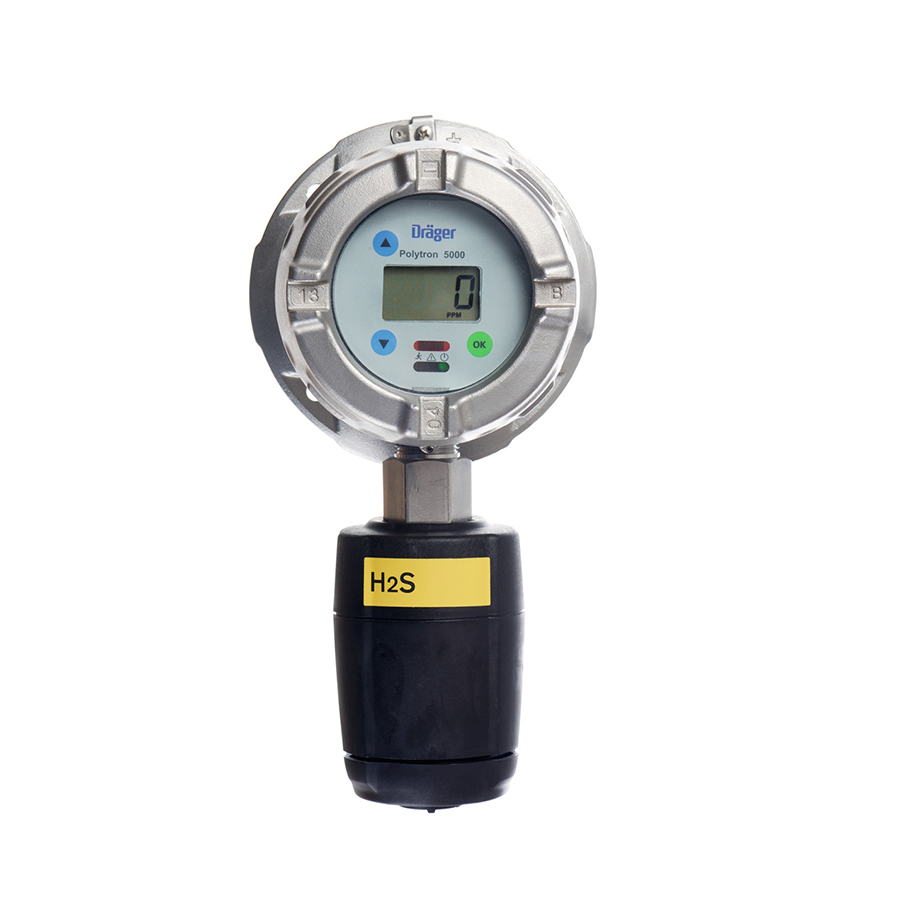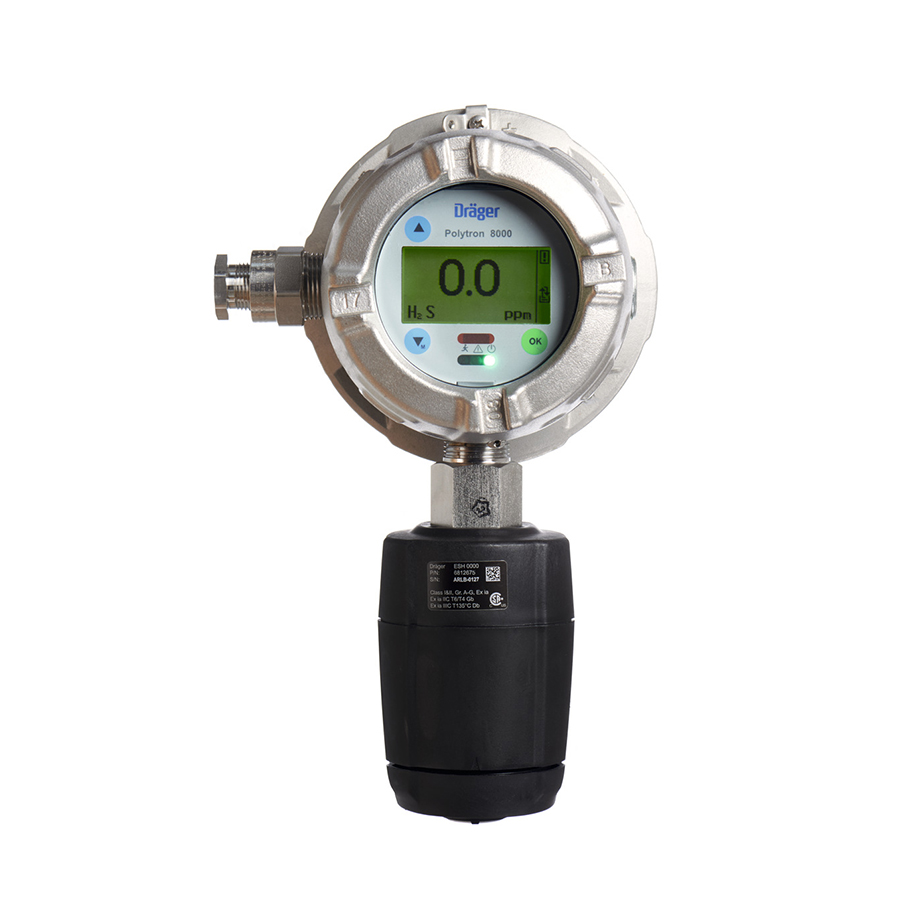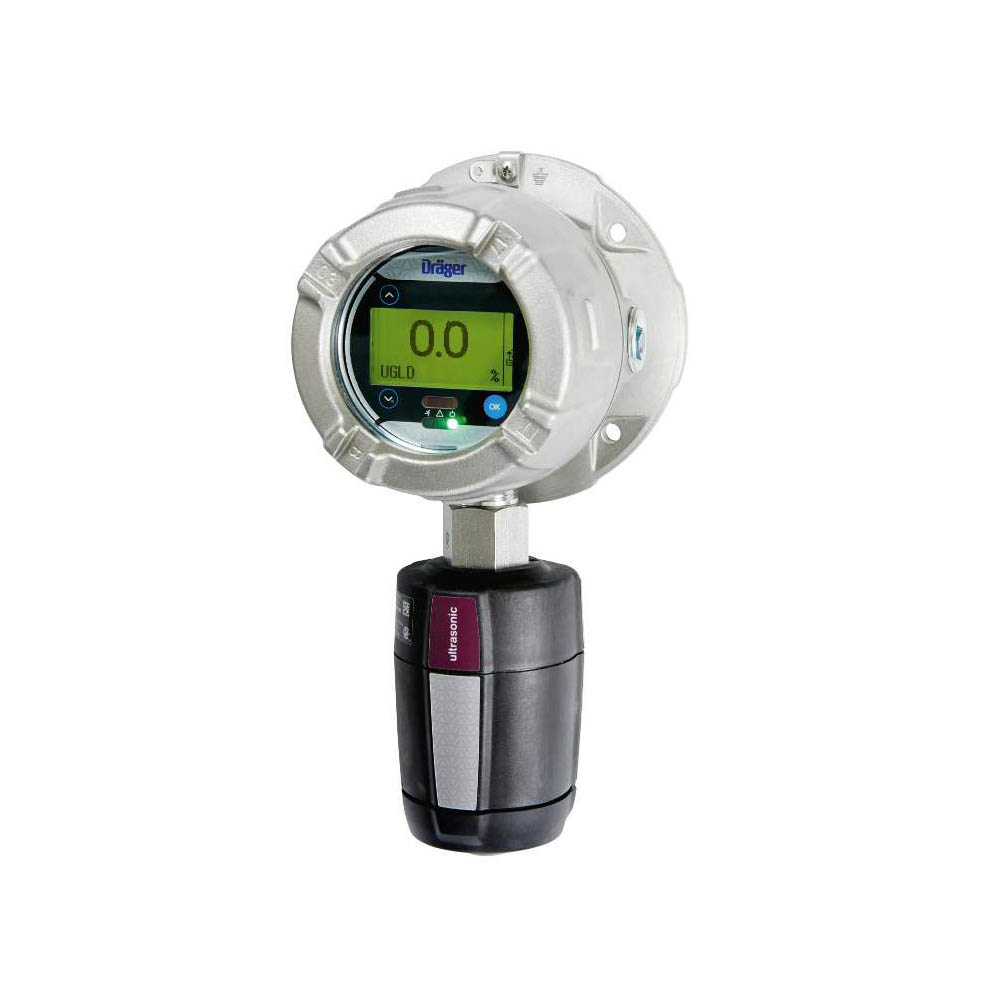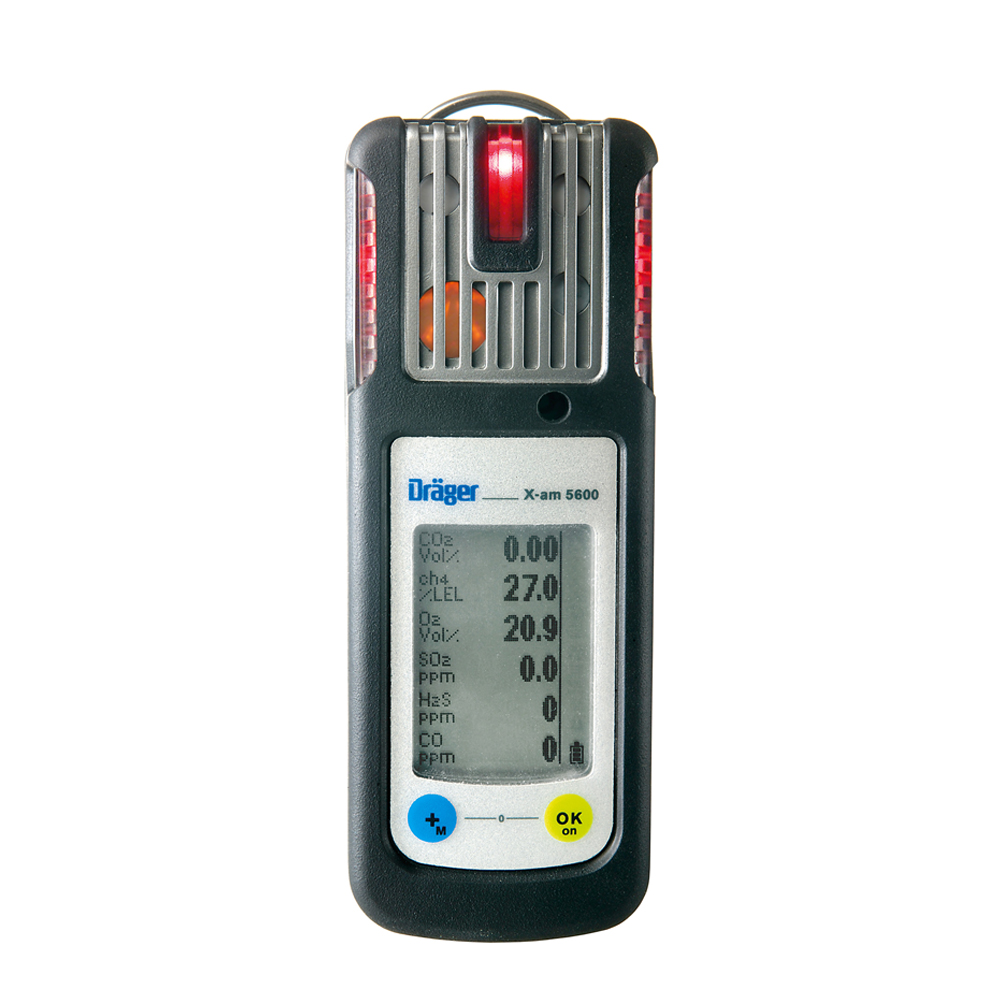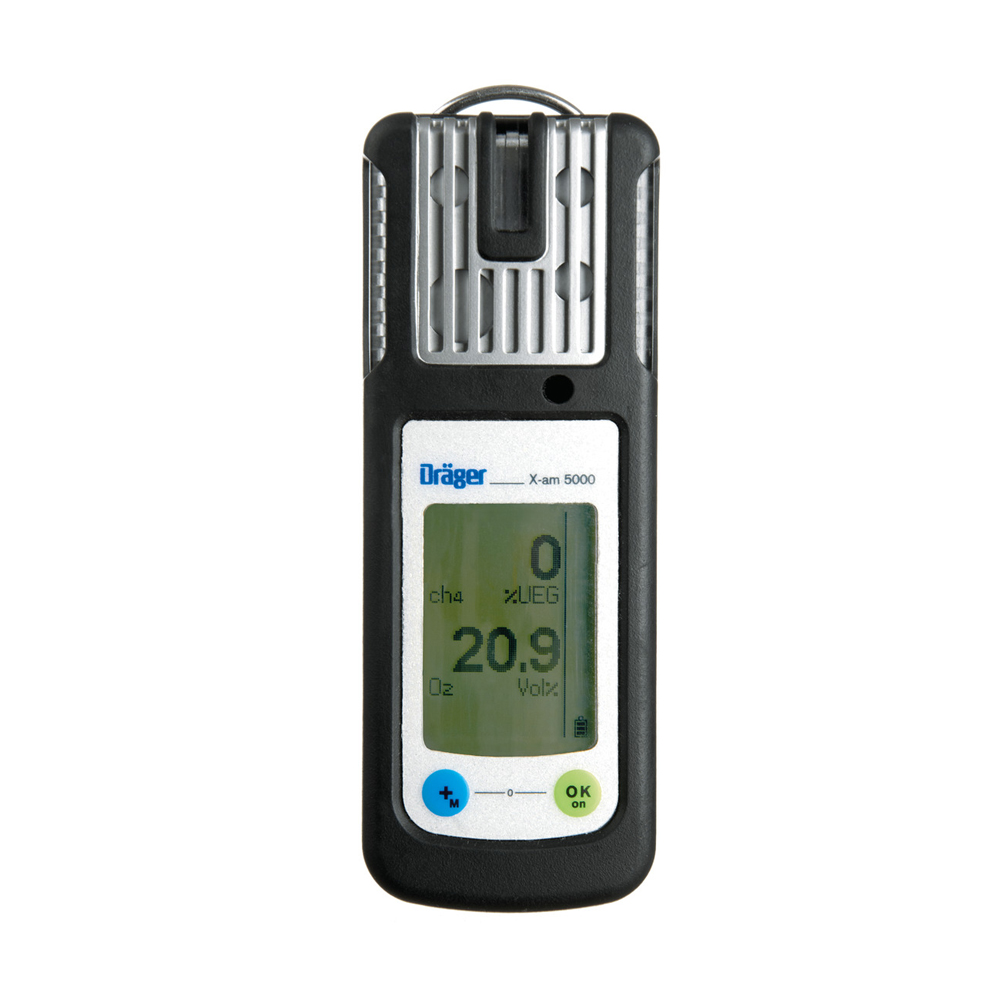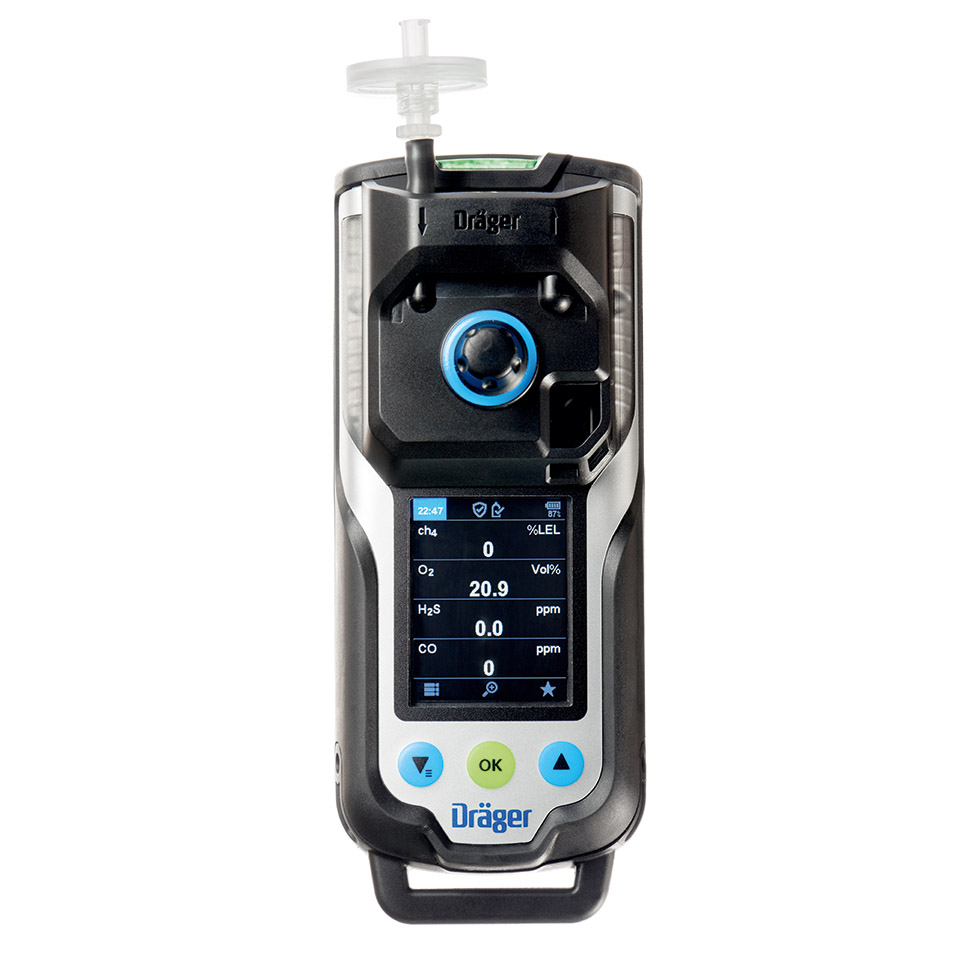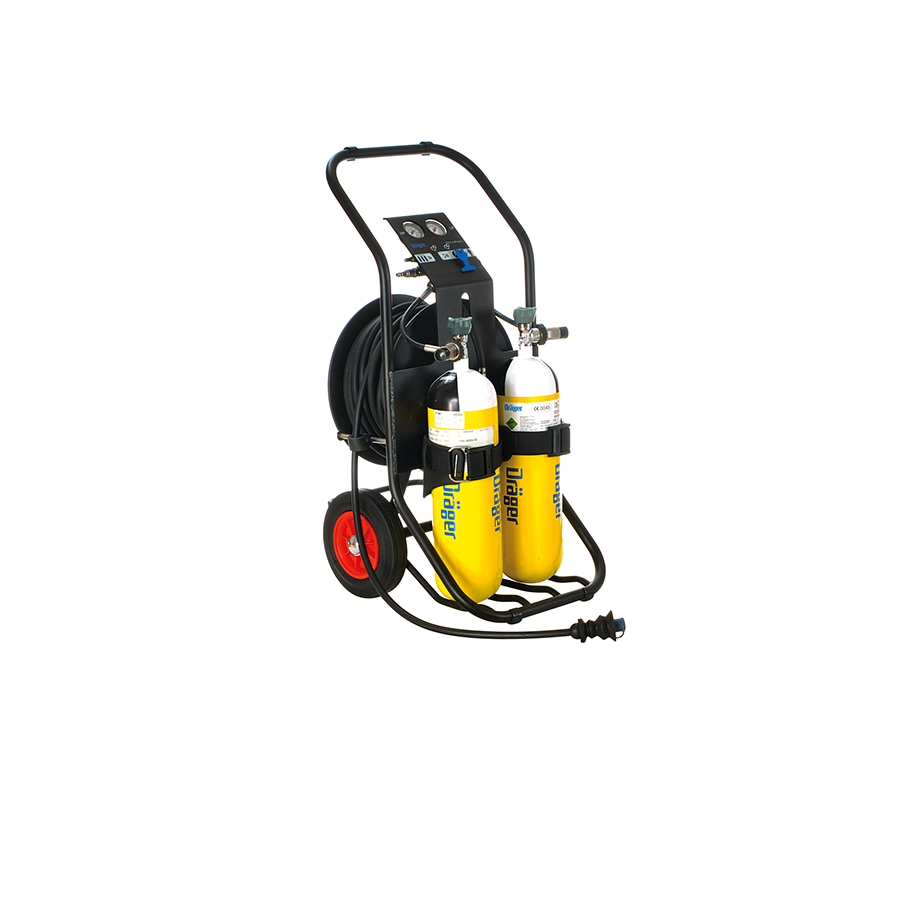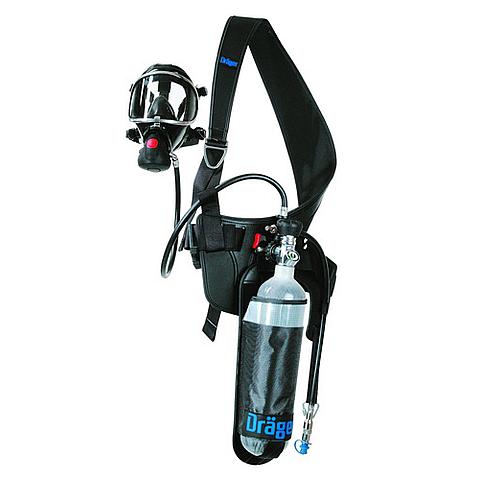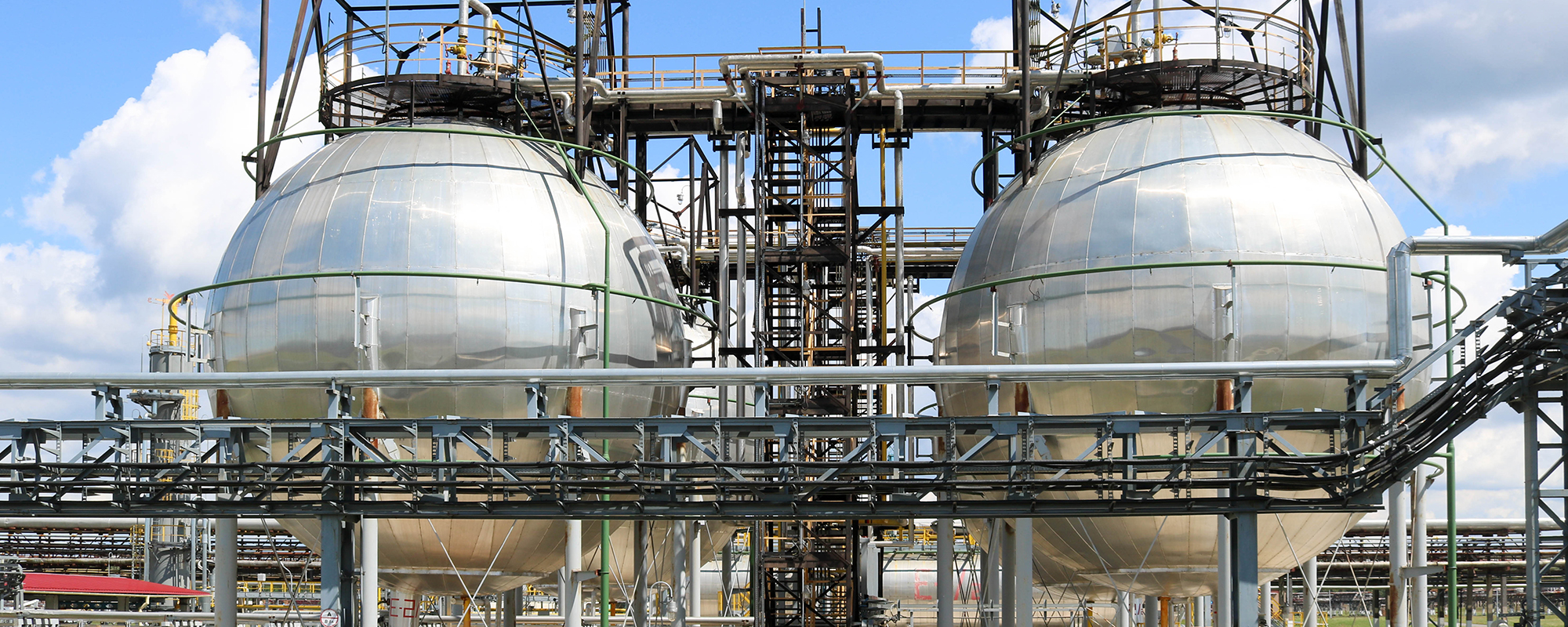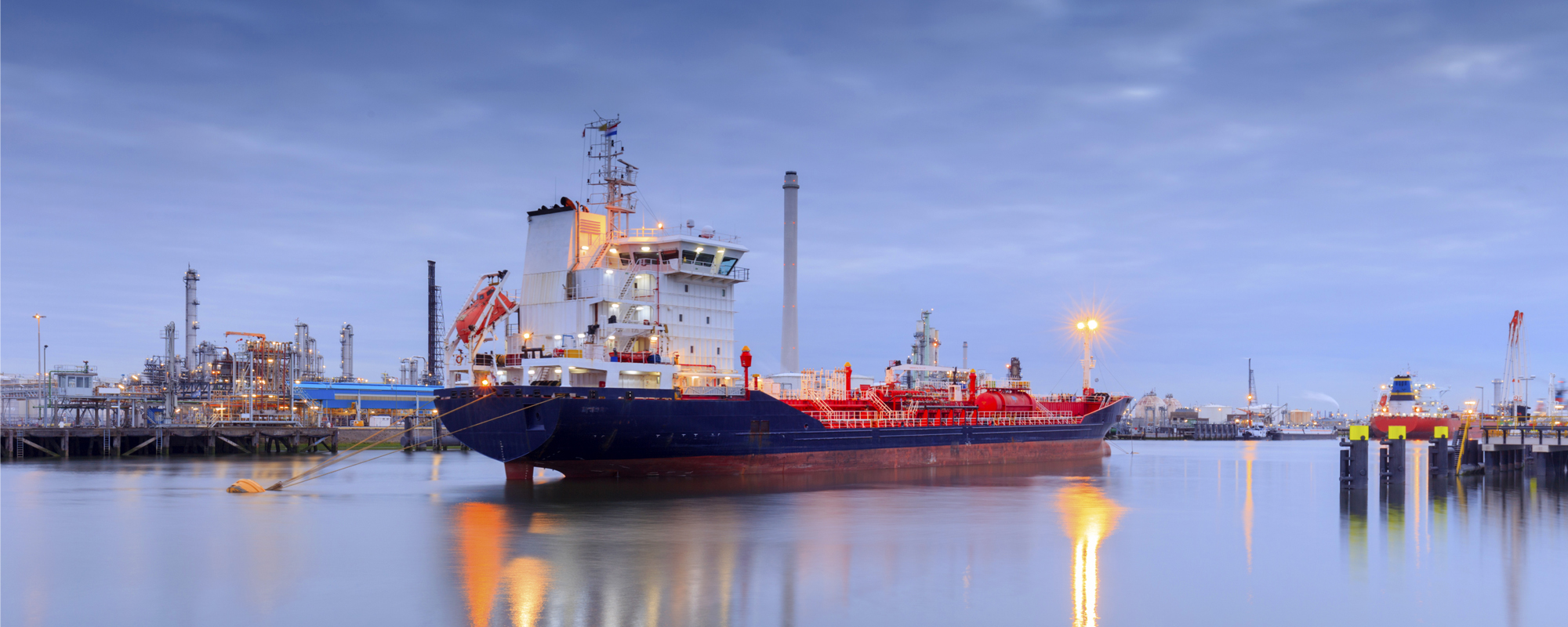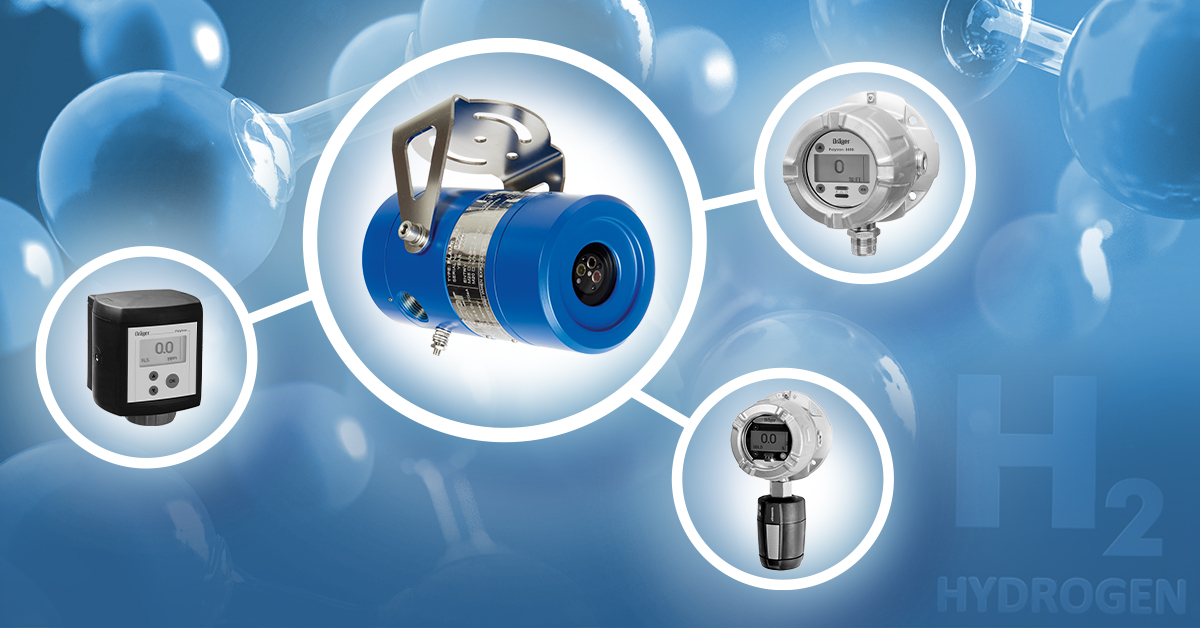
Hydrogen safety for
shipping and offshore
Ask an expertHydrogen safety – a new energy source with special risks
Hydrogen (H2) is one of the most important sources of clean energy. In a move towards a more sustainable future, the number of hydrogen production and distribution facilities is expanding. With decades of experience in the process industry, Dräger is the ideal partner for customers and stakeholders – especially new players on the market – in assessing risks and providing comprehensive consultancy and hydrogen safety solutions. Dräger offers the first point of contact for hydrogen safety issues with thorough knowledge of the hazards of working with hydrogen.

How to meet hydrogen safety challenges
Hydrogen itself is not toxic, but it poses special risks to safety on plants and for the infrastructure which produce, distribute or use it. Read about the safety challenges and how Dräger can support the hydrogen economy with comprehensive risk analysis, project planning, selection and installation of the right safety solutions and services in all phases of the process.
Download e-bookHydrogen explosions and other major risks
Hydrogen does not impose major new risks compared to ather gases. The trouble spots occur where people are involved in tasks along the hydrogen value chain, from production to use.
Even though specific challenges differ between applications, plant safety is common to all.
Here are some of the risk factors which Dräger explores in projects with customers.

Explosion
Unlike actual explosives, pure hydrogen cannot explose. The risk comes when is hits the air. For hydrogen to cause an explosion, oxygen needs to be present. But if hydrogen is allowed to escape, even a static spark from clothing would be enough to set off an explosion.

Invisible flame
Hydrogen burns with a pale flame that is invisible in daylight. Because it emits little of the infrared radiation that humans perceive as heat, it cannot be sensed as heat. A hydrogen flame does however emit substantial ultraviolet radiation. Special UV detectors are therefore required to alert to the presence of hydrogen flames.

Leaks
Owing to its small molecules and low viscosity hydrogen can leak from pipelines and other structures more easily than denser gases. In fact, when it leaks from a pipe at sufficiently high pressure, hydrogen can even self-ignite. As well as pipelines engineered to hydrogen-ready specifications, regular inspection is imperative to detect leak points at joints and along pipelines. Fixed lead detectors add another layer of safety.

Permeation
Hydrogen can easily permeate materials and in some cases embrittle them. For this reason, stainless steel and composite materials are typically used for storage tanks.

CO alarms
Carbon monoxide (CO) sensors are cross sensitive to hydrogen. If used near possible hydrogen exposure, CO sensors should be compensated for hydrogen so that cross sensitivity and false alarms are reduced to a minimum.

Gas pockets
Like ammonia and methane, hydrogen is less dense than air and forms gas pockets below indoor ceilings when leaking. The presence of hydrogen will not be perceived at ground level, even when dangerous amounts are accumalating beneath the ceiling. When hydrogen and methane are mixed, hydrogen can form gas pockets above methane. Hydrogen detectors are therefore typically placed at the top, with methane detectors below that level.

Odourless and colourless
Hydrogen has no smell and no colour, so is undetecable for humans. With methane, this issue is mitigated by adding odorants, and research is in progress to determine whether this will also be possible with hydrogen. Gas and leak detectors are essential.
Dräger Consultancy & Projects
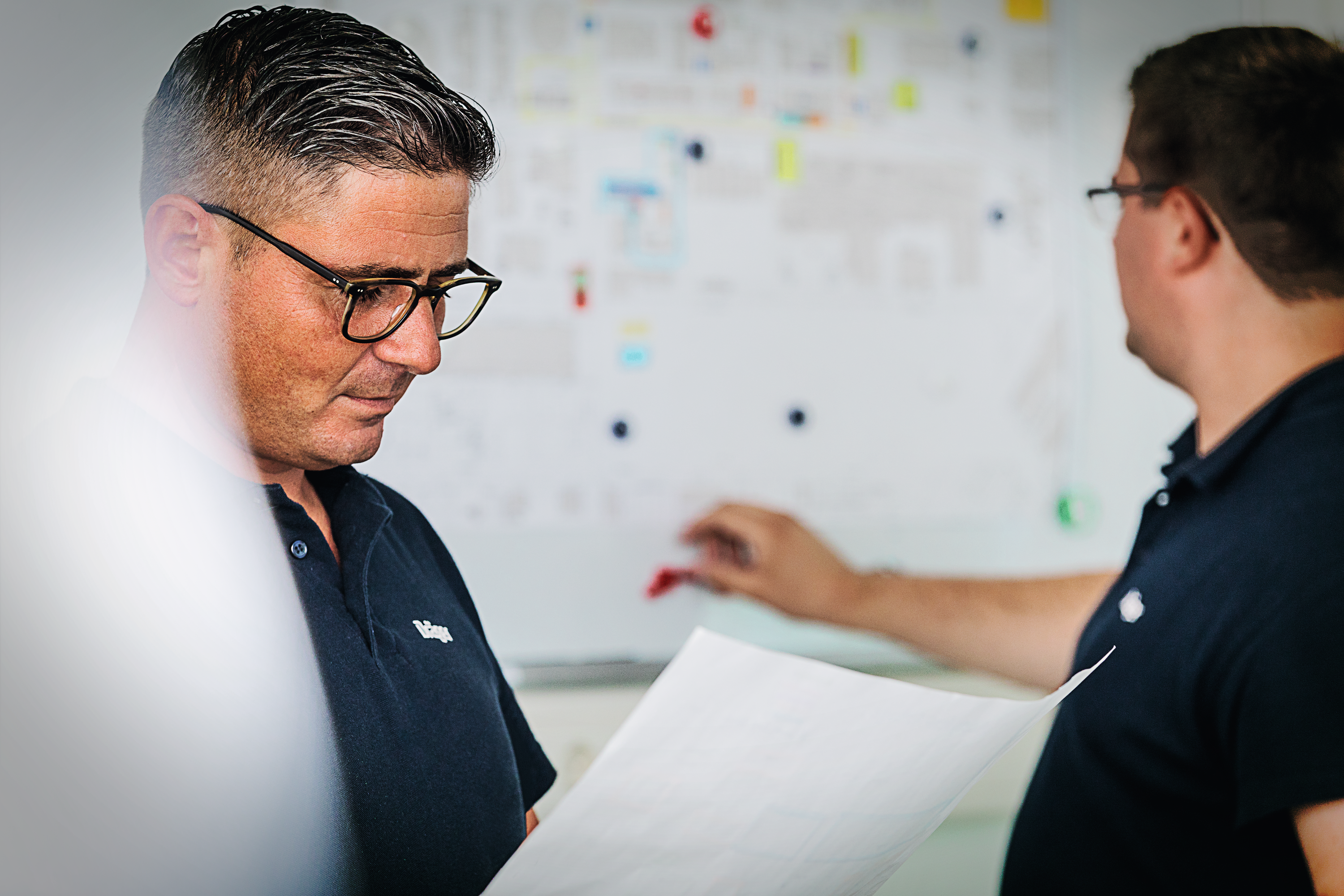
Consultancy for your Safety
Consultancy in handling hydrogen safety challenges is a matter for Dräger safety engineers. Experts review existing concepts to identify potential for improvement and establish sustainable safety. They provide conceptual support, assess your risks and define measures together with you.
Learn moreHydrogen safety: solutions for detection, monitoring and protection
For safe production, storage and distribution of hydrogen, various detection technologies must be employed to build efficient levels of protection as a comprehensive safety solution. Hydrogen sensor devices provide instant alerts in case of hazardous leaks or risks of combustion.
NOTE: different options / products are available. Our sales department will advise you which product is most suitable for your situation.
Downloads
Infographics
White papers
Brochure
Videos
Watch our informative videos to learn how early warning systems can protect lives and assets in nature and in hydrogen plants.
We use cookies, to view the video a session cookie is required.
Hydrogen Early Warning Systems: Ultrasonic Gas Leak Detection
In the wild, an early warning can mean the difference between life and death. In a hydrogen plant, where safety is crucial, ultrasonic early warning provides additional protection.
The Dräger Polytron(R) 8900 UGLD uses an ultrasonic acoustic sensor to detect hydrogen gas leaks.
Hydrogen Early Warning Systems: Gas Detection
In the wild, extraordinary senses separate those who survive and those who do not. An extraordinary sense of ‘smell’ is essential to everything running smoothly in hydrogen plants.
The Dräger Polytron 8200 is able to ‘smell’ gases, even at very low concentrations and trigger an early warning as soon a dangerous concentration, even a small one, is detected.
We use cookies, to view the video a session cookie is required.
We use cookies, to view the video a session cookie is required.
Hydrogen Early Warning Systems: UV Radiation Detection
In nature early warning of impending danger is key to survival. The ability to detect UV radiation enables early warning systems in hydrogen plants. Hydrogen flames are barely visible.
The Dräger Flame 1750 H2 detector uses a Triple IR sensor to "see" hydrogen flames which would not otherwise be detected.
Useful links
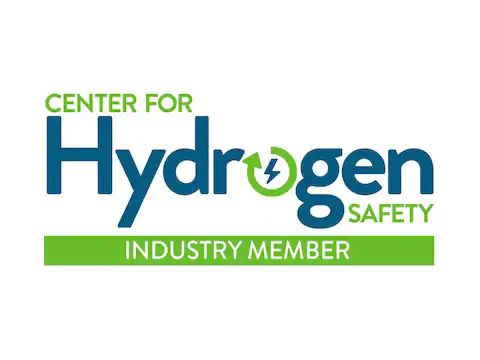
Our organization is a member of the Center for Hydrogen Safety, which is a global nonprofit resource that supports and promotes the safe handling and use of hydrogen across industrial and consumer applications in the energy transition. For more information visit the Center for Hydrogen Safety website.
We've looked externally for the latest useful research and findings into sustainable Clean Energy and its place in the future clean technology environment. Click the links in the next column to find out more.

